The Mesquite Harvest
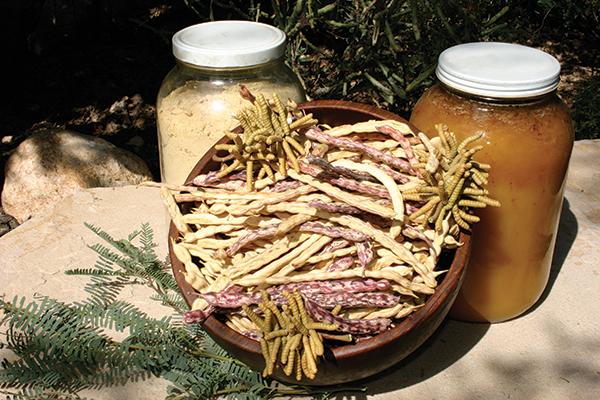
Screwbean, velvet, and honey mesquites pods. Photo by Brad Landcaster
It’s So Much More Than Just Milling Flour
It’s summer time again and, as many of you already know, that means it’s also mesquite harvesting and milling season in Tucson. And where including mesquite flour in your diet is a great way to add some diversity of flavor to your favorite culinary staples, Desert Harvesters Co-Founder Brad Lancaster would like you to know that the production and cultivation of native wild foods here in Tucson goes much, much further than simply whetting the appetites of local foodies. “We’re trying to get everyone to see the whole picture,” says Lancaster, “so the harvest is way more than just the pods.”
Our current agricultural system, says Lancaster, is based on “using imported plants, imported water, and imported fertilizer,” all of which, he points out, takes a major toll on our environment. But the plants that are native to the Tucson area—and that sustained life here for thousands of years before we were tapping the Colorado River as our primary water source—require no such interventions. The native wild food producing plants like the mesquite and ironwood trees, and the cholla and saguaro cacti, he says “are plants that can not only survive here, but thrive here with no imported water or fertilizer.” That’s why Lancaster says that Desert Harvesters is “looking at how we can use what we already have for free in a way that doesn’t deplete the ground water, doesn’t deplete the surface water…but reinfuses our ground water and reinfuses our rivers with water while reducing flooding.” And, Lancaster says, planting native wild food plants “where we live, work, and play,” while incorporating what he calls “water harvesting earthworks” helps to do all of these things while simultaneously improving our city’s landscape, as well as the habitat for local wildlife.
For this reason, though he says that local landscapes are currently dominated by non-native mesquite species that were largely selected for their tendency to grow quickly, Desert Harvesters focuses its efforts on the three types of mesquite tress native to the region—the screwbean, velvet, and honey mesquites. Not only are the local trees more consistent in taste and texture than imported varieties, but Lancaster says that they are also more beneficial to a number of native birds and insects. He says that a native mesquite will attract over sixty different native pollinators, whereas a non-native tree only attracts about a dozen. Thus, birds like the Wilson’s warbler have adjusted their migration patterns to coincide with the blooming cycles of native mesquites, and have therefore come to depend on those cycles in order to fatten up before the annual trip to their summer range about two-thousand miles north.
In support of their mission to increase the abundance of native wild food plants growing in and around Tucson, Lancaster says that Desert Harvesters is planning at least one seed-gathering expedition to look for native mesquites that taste great, ripen pre-monsoon (to avoid the growth of toxic, invisible molds that begin after the rains), and produce dense pod clusters for ease of harvesting. The group intends to harvest the seeds of these tress to sell at their events. That way, interested parties can be sure that they are planting native trees that not only provide summer shade and excellent wildlife viewing opportunities year-round, but will also provide them with a few pounds of naturally sweet, gluten-free flour every summer to utilize as they see fit. Lancaster says that some of his favorite uses for mesquite include making crackers, pie crust, and pizza dough, or using it to mix with or make coffee. He says it can also be cooked down and made into a syrupy sweetener that actually slows the body’s intake of sugar, making mesquite an ideal food for people who suffer from hypoglycemia or diabetes.
Lancaster says that mesquite beans produce a wide range of flavors, from “sweet, to nutty, to sweet-and-sour, to kind of lemony,” and that each and every tree is unique in its flavor profile. Thus, he says it’s important to sample from a number of trees when trying to find your prefect pod for harvest. He says that, when sampling from a mesquite, you should be sure to actually pick from the tree and not from the ground, and that “the pod should be dry enough that, when you bend it, it immediately snaps in two.” It should also be completely yellow, without any green left on it. You can gently work the bean with your teeth and tongue to extract the flavor when sampling, then spit it out. But be careful, as Lancaster says that the seeds are hard enough to crack a tooth. The hammer mills they use to turn the pods into flour, however, are strong enough to grind those seeds right along with the rest of the pod. When sampling mesquite beans, Lancaster says that you will not only want to taste for the presence of any one of the four “bad flavors,” which are “bitter, burning, chalky, or drying of the mouth or throat,” but that you should also look for beans that are particularly good-tasting to you. And it’s not enough to decide simply based on the initial flavor experience, says Lancaster, but that you should also wait for the aftertaste before making a final judgment. “It doesn’t matter how good of a cook you are,” he says, “you can’t take a bad flavor out of a bad-tasting pod.”
The mesquite-harvesting events this season kicked off with a fundraiser at La Cocina on May 31 which featured live music, along with food and drinks made from local wild ingredients, and they will continue throughout the month of June. For those looking to learn how to harvest native wild foods for themselves, Desert Harvesters will hold guided native food-harvesting walking and biking tours beginning at the Santa Cruz River Farmers’ Market at Mercado San Augustin on June 16 (tickets are $10). A concurrent demonstration at the market will showcase ways to turn those harvested ingredients into a range of culinary delights. The following week at the same location, June 23 is the 14th Annual Mesquite Milling and Wild Foods Fiesta, to which you can bring your clean and sorted mesquite pods to be ground into flour on site for a small fee. For reference, Lancaster says that it takes about five minutes to grind five gallons of harvested pods into about one gallon of flour. Other events include a mesquite seed collecting workshop, a happy hour fundraiser at Tap & Bottle, and a saguaro fruit harvesting workshop. More details are available on the Desert Harvesters website, the address to which is provided below.
Though Lancaster doesn’t expect to turn all Tucsonans into expert harvesters of wild food overnight, he says that the work of Desert Harvesters serves the greater purpose of “trying to shift how people see agriculture, and to (encourage them to) practice it in a way that does not degrade our environment, but enhances it.” For this reason, the Desert Harvesters events are “meant to be a full hands-on, mouth-on experience; we want people to not just get the theory, but to actually experience it,” Lancaster says. This kind of immersion, he says, is the only way to fully grasp the connection that already exists between the people that live in Tucson and the historic, natural agriculture of the region they call home. “We’re trying to deepen people’s engagement and relationships with these plants,” says Lancaster. And once you begin to harvest from the abundance that occurs naturally around you, Lancaster says you’ll likely find that, not only is it better for you, and better for the environment, but it’s ultimately “easier than going to the store.” And cheaper, too. What could be better than that?
For more information on the Desert Harvesters-sponsored mesquite milling and wild food harvesting events taking place this month, visit them online at DesertHarvesters.org.


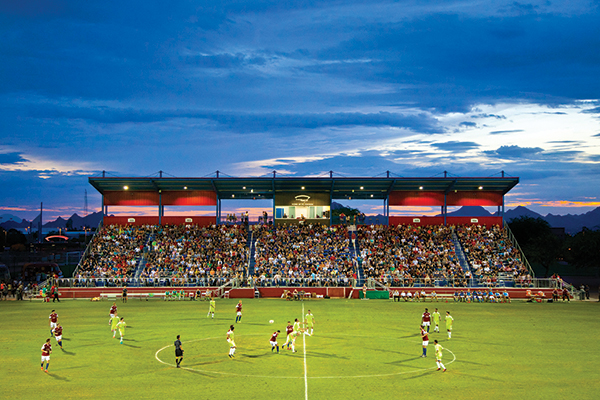
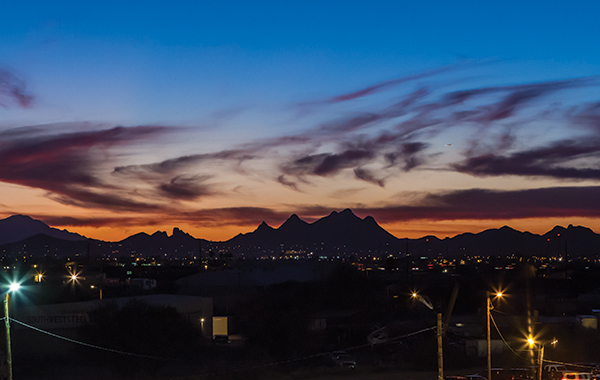
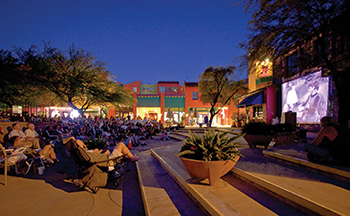 Catch an outdoor flick
Catch an outdoor flick
 Take your clothes off
Take your clothes off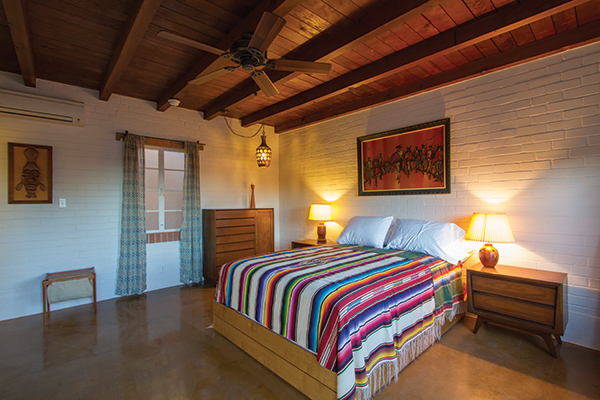
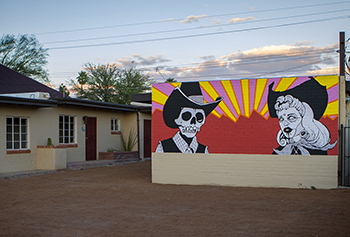
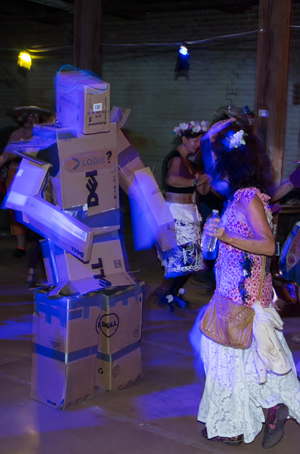
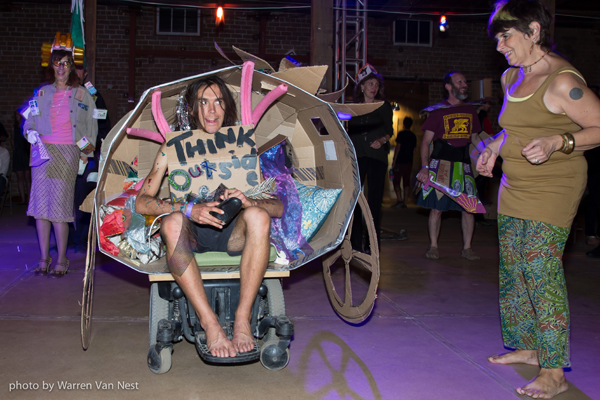
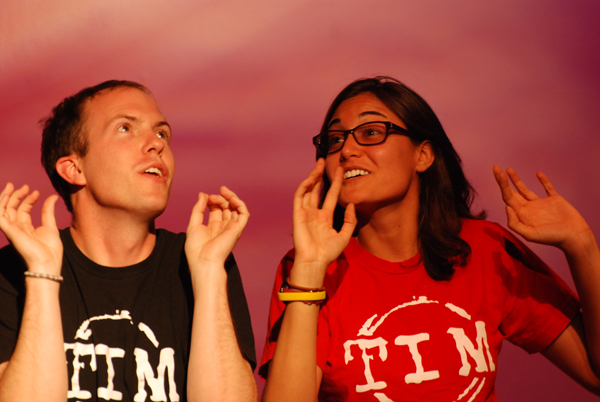
 Lead barkeep Luke Anable has thought carefully about everything on the menu at Sidecar, the newest 900 square-foot concept bar by Tucson restaurateur Ari Shapiro. Working with fellow Wilko mixologist, Starr Herr-Cardillo, Anable custom-crafted each house recipe and hand-selected every bottle on display behind the bar in the newly renovated space in the Broadway Village shopping complex. As a result, he can tell you the life story of each product from soil to shelf.
Lead barkeep Luke Anable has thought carefully about everything on the menu at Sidecar, the newest 900 square-foot concept bar by Tucson restaurateur Ari Shapiro. Working with fellow Wilko mixologist, Starr Herr-Cardillo, Anable custom-crafted each house recipe and hand-selected every bottle on display behind the bar in the newly renovated space in the Broadway Village shopping complex. As a result, he can tell you the life story of each product from soil to shelf.
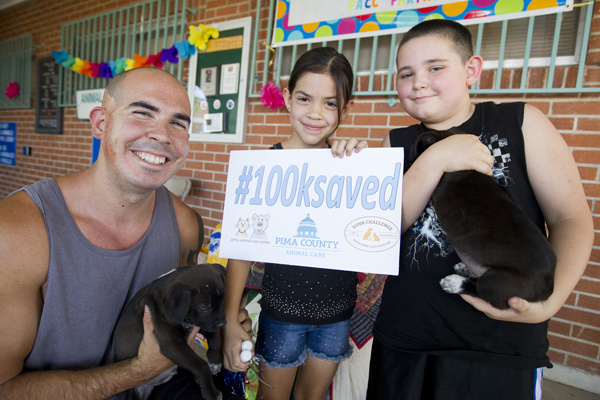
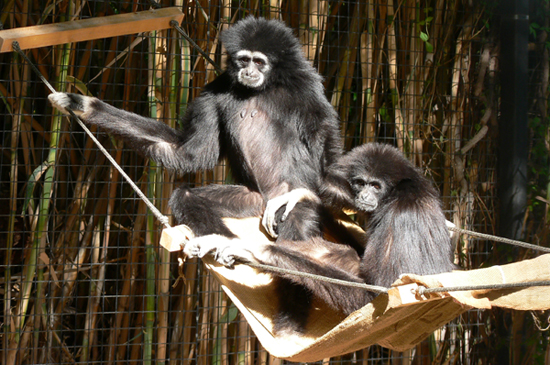
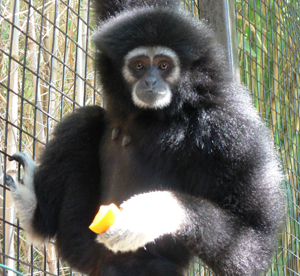




Also find us on...